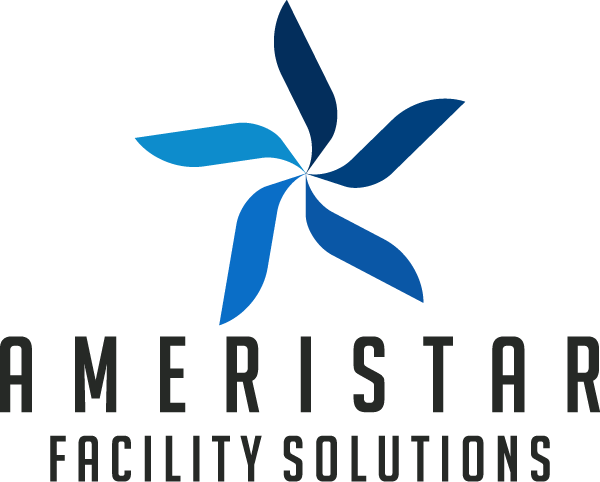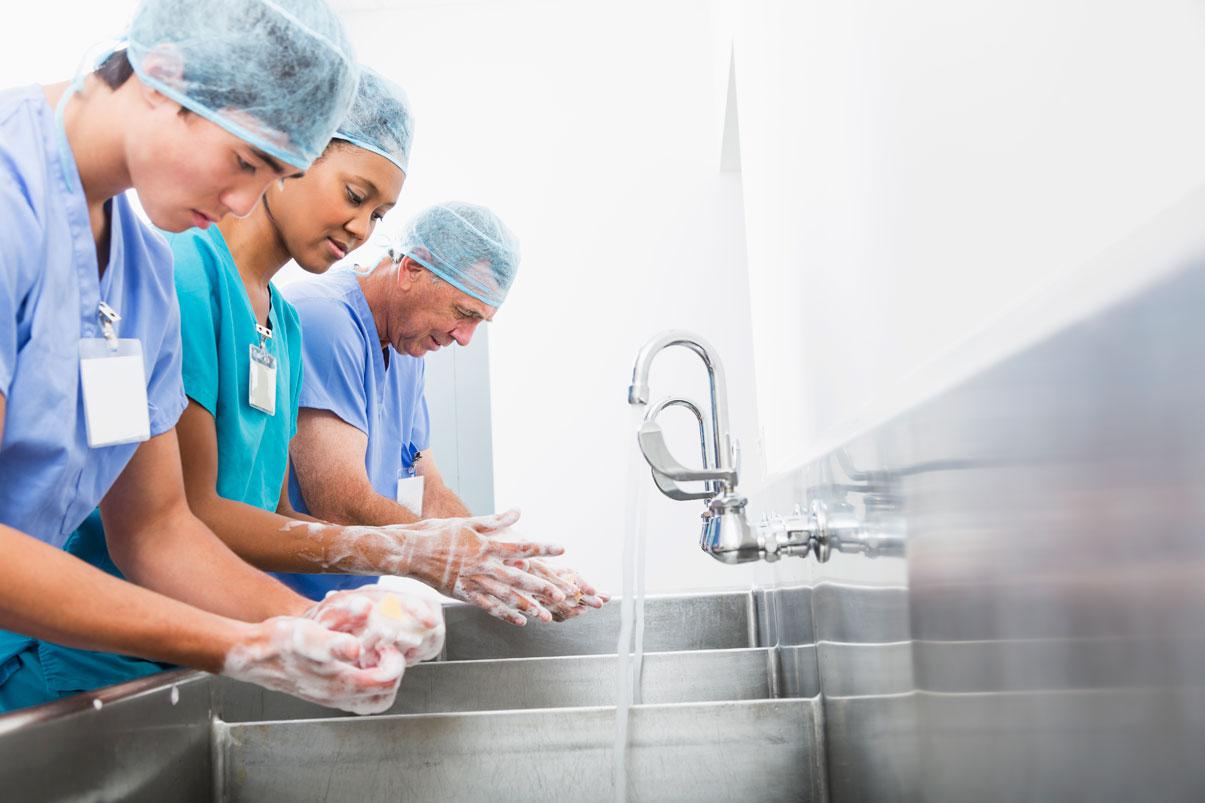The atmosphere of a medical institution requires more than simply surface cleaning. It protects patients, prevents infections, and improves public health. The continual movement of patients, visitors, and healthcare professionals through the hospital’s halls and treatment facilities needs stringent cleaning measures.
This detailed guide details the critical elements of your medical facility that require your attention and offers many tips for keeping the facility clean.
Reception and Waiting Areas
Patients and visitors first engage with your hospital in the welcome and waiting rooms. They must make visitors feel your institution is clean and cares for them. These congested spaces have many surfaces and things that might harbor infections. These sites are germ hotspots. Make cleaning and disinfecting a habit to avoid this. To avoid cross-contamination, clean every area regularly. This includes the front desk, doorknobs, chairs, and tables.
Cleaning programs that accommodate busy periods help keep waiting rooms and welcoming areas clean. This preventive approach may help prevent dirt and bacteria, keeping the facility clean and welcoming for patients and visitors.
Examination Rooms
Examination rooms are sacred spaces for medical treatment and checking. These limits keep patients near medical instruments and surfaces, making them more prone to transfer pathogens. Cleaning exam tables, medical instruments, and surrounding surfaces with a strategy is crucial. Medical-grade sanitizer and following product directions are ideal for germ elimination. Keep the area clean and aid healing by replacing paper coverings and gloves after each patient visit.
Visual indicators like color-coded cleaning schedules may supplement traditional cleaning procedures. This will assist in cleaning exam rooms quicker by caring for every surface. The cleaning workers may benefit from this visible reinforcement to keep up their OK jobs.
Operating Rooms and Surgical Suites
The operating room (should be) the cleanest room in a hospital. It must always be clean to prevent operation site infections and other nosocomial issues. These hallowed areas undergo a lengthy cleansing and sanitizing process before and after medical treatments. Following disinfection recommendations for surgical equipment, tools, and surfaces is crucial. These measures prevent patient injury and ensure the operating environment is chemical-free.
Regular inspections and audits help you identify areas for improvement and ensure that personnel follow cleaning protocols. This would improve the cleanliness of the operating room and surgical suite. This prophylactic measure may reduce hazards and ensure cleanliness, improving patient safety and surgery outcomes.
Patient Rooms and Restrooms
Patient rooms and toilets are suitable for healing and personal care but may transmit germs. Sanitizing these regions every day prevents healthcare-associated diseases (HAIs). Avoid missing patient beds, bedside tables, and bathroom fixtures; often, touch locations to clean thoroughly. This is crucial for disease eradication and patient and workplace safety. Following rest hours and using EPA-approved disinfectants are essential.
Consider adding additional cleaning measures to patient rooms and bathrooms during flu season or when severe infections are circulating. Flu season and widespread killer illnesses occur during these seasons. This reduces the risk of spreading disease and efficiently protects unwell persons from preventable infections.
Common Areas and Hallways
The hospital’s wide corridors are like its blood vessels. They accommodate patients, visitors, and medical personnel. This is why these locations must always be tidy. Clean and sterilize door knobs, elevator buttons, light switches, and steps to prevent illness transmission. A meticulous cleaning program ensures that these thoroughfares are always clean and safe for everyone.
Set up a cleaning plan that passes through various portions of the building at different times of day to keep the common spaces and corridors clean. This planned strategy may assist in distributing cleaning jobs evenly and efficiently, reducing cross-contamination and maintaining a clean atmosphere.
HVAC Systems
HVAC systems are like a hospital’s lungs. These systems regulate weather and indoor air quality and need regular maintenance to prevent viruses and other dangerous substances from spreading through the air and surroundings. Cleaning or changing air filters and optimizing ventilation rates prevent infectious agents from spreading, safeguarding building occupants’ health.
Do you want your medical facility to have good air quality? If so, consider commencing a thorough HVAC maintenance program that includes filter replacements, duct cleaning, and system inspections.
Best Practices for Cleaning and Disinfection
- Cleaners must get thorough instruction on proper technique. Throughout this training, people should learn to wear PPE and clean up with chemicals.
- A color-coded tool and equipment cleaning system may prevent building contamination, helping keep the school clean and attractive.
- Using eco-friendly cleaning products may enhance air quality and demonstrate that you care about the environment.
Conclusion
For health and safety, a medical facility must always be clean and germ-free. Investing in waiting rooms, exam rooms, patient rooms, restrooms, corridors, shared spaces, and staff areas may make healthcare facilities safer and prevent disease transmission. This will assist structures in making homes safer for residents.
Ameristar Facility Solutions provides complete cleaning and laundry services. We are devoted specialists who understand medical building cleaning demands. Hiring our highly trained team and using our cutting-edge cleaning procedures will keep your institution clean and healthy.
If you need professional cleaning services, contact Ameristar Institutional Solutions immediately. To contact us, email info@ameristarfacilitysolutions.com, visit our website, or call (570)-675-5525.

